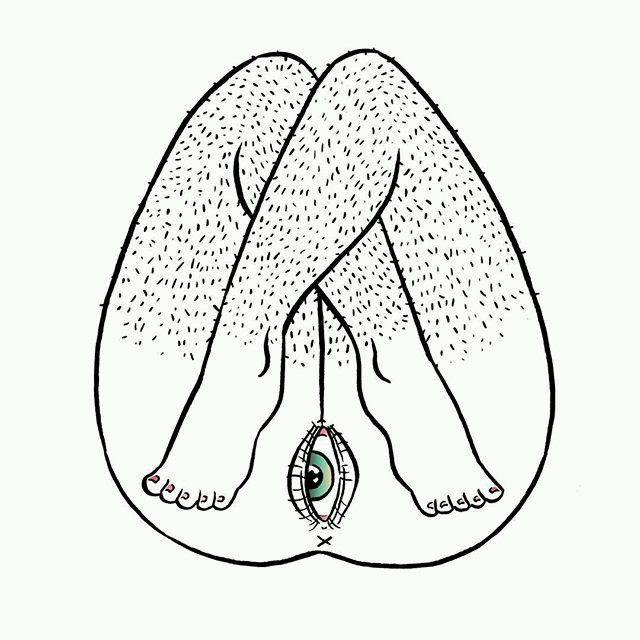10 STD Facts You Should Know About
Are you having safe sex? If you answered “Sometimes” or “I think so,” consider this scar fact: More than 50% of people worldwide will become infected with a sexually transmitted disease in their lifetime. If you still think it can’t happen to you, here are 10 STD facts you need to know…
1. Women are more susceptible to STDs than men…
These fact has nothing to do with being loose. Women are more vulnerable to infection than men because of our anatomy. It’s easier for men to transmit infections to women than vice versa. The sad news is, STDs are also more difficult to detect in women.
2. There are more than 25 known STDs…
The most common STDs are chlamydia, gonorrhea, hepatitis B, genital herpes, HIV, human papillomavirus (HPV), syphilis, pubic lice/crabs, and trichomoniasis. Since 1980, more than eight new STDs, including HIV/AIDS, have been identified. Infections can be viral, bacterial or parasitic. This means proper treatment is only possible after a test.
3. STDs can be transmitted through oral sex…
Contrary to popular belief, having oral sex doesn’t mean you’re playing it safe. In fact, having unprotected oral sex puts you at especially high risk for gonorrhea, syphilis, herpes, and hepatitis B.
STDs can be contracted through vaginal, anal and oral sex. They travel from person to person through semen, vaginal fluids and blood. Some STDs like herpes, can also enter the body through tiny cuts or tears in the mouth, genitals or anus.
4. STDs are treatable, but not all are curable…
Bacterial STDs like chlamydia, gonorrhea and syphilis can be cured. Viral STDs like herpes, hepatitis B, HIV, HPV, and genital warts are incurable, though they can be managed.
5. Some STDs show no signs…
Since certain diseases have no visible symptoms, you may not know that you or your partner has been infected. Chlamydia, for example, is especially asymptomatic. Likewise, it can take up to 10 years or more for women to develop the symptoms of HIV. The time it takes for an STD to appear depends on the type of STD contracted.
6. Untreated STDs can have serious health consequences…
Women suffer more frequent and serious health complications from STDs than men do. And by the time women notice symptoms or see a doctor, complications from the untreated infection may already have jeopardized their health.
STDs can cause pelvic inflammatory disease (PID), cervical cancer, liver disease, and infertility. Some can be passed from mother to baby before, during or after birth. Pregnant women with STDs are also at a higher risk for tubal pregnancies, miscarriages and premature delivery. In a worst-case scenario, untreated syphilis can lead to death in women.
7. Chlamydia is the most commonly reported infectious disease in the…
The CDC estimates that 2.8 million new cases of chlamydia are contracted each year. Most go undiagnosed. Chlamydia infects the cervix, making adolescent girls most susceptible since their cervix is changing during puberty.
The majority of women with chlamydia have no symptoms. Left untreated, chlamydia can cause PID, ectopic pregnancy and infertility. Fortunately, if detected early, chlamydia can be easily cured with antibiotics since it is a bacterial infection.
8. Most doctors don’t routinely screen for STDs…
Don’t assume a normal Pap test gives you a clean bill of health. A Pap smear only detects changes in cervical cells; it doesn’t test for specific diseases. However, an abnormal pap smear may indicate HPV, and further tests may be done. Ask your doctor what your exam will entail and request relevant testing if you’re sexually active. High Vaginal Swab (HVS) is a test you can request for.
9. Condoms aren’t a 100% guarantee against STDs…
They’re not failsafe, but aside from abstinence, condoms are the best and only protection against STDs. Use a new latex condom every time you have oral, anal or vaginal sex with a new partner outside of a monogamous relationship.
10. About 50% of sexually active women acquire genital HPV infection at some point in their lives…
Out of 100 strains of HPV, about 30 are sexually transmitted. About 10 are “high risk” and can lead to cervical cancer. “Low risk” types may cause genital warts.
Most will never know they have it because the immune system can eliminate the less aggressive forms of HPV on its own. However, more aggressive strains of HPV will stick around and cause multiple health problems, like cervical cancer. The only way to detect HPV is through a Pap smear, where pre-cancerous changes in the cervix are visible.











